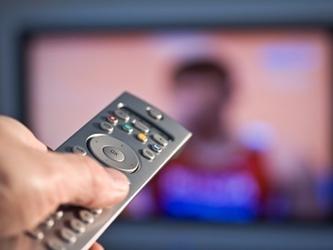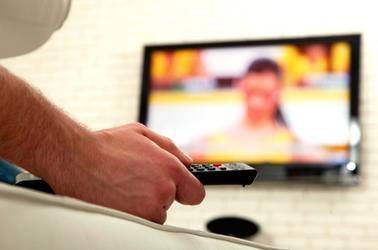Will the comScore Rentrak merger mean better media measurement?

The answer of course, is not a simple one. We live in a world where media consumption is becoming more and more difficult to measure accurately and efficiently.
We are fortunate in the UK, to have a situation where our basic trading currencies are run by JICS and this offers distinct advantages. The process of having a JIC to provide an industry currency ensures that we have the most robust research solution for an industry acceptable budget.
The merger of these two digital measurement giants offers significant competition to others working in the same space in the US market, notably Nielsen. This could work to the advantage of the industry overall as competition encourages keener pricing and drives faster technological solutions to problems.
Of course, we in the UK, could benefit from this because although not a JIC, UKOM uses comScore data to provide the industry with digital measurement. “Two heads are always better than one” they say, so adding the experience of Rentrak to the work that comScore is already doing may get us one step closer to the measurement system we really want, at a quality and price we can afford.
We know from the TouchPoints work we do at the IPA that there is no simple answer to how we measure consumers’ digital behaviour across platforms, devices and channels. Our recently released dataset shows that content is what drives consumers and access to that content is driven by many things – need state, location, time of day and even quite simply who we are with. For example, TouchPoints tells us that of all the media time we spend watching TV content, listening to audio content or reading published brands, 9% of it is spent accessing content digitally.
So while we do still spend most time accessing media content via traditional means – TV set, radio, or printed newspaper – our digital time spent is growing and is often fragmented according to the device or platform used. This makes the measurement challenges harder both from the point of view of the respondent and also the measurement techniques used.
So, ever the optimist, I hope that 2 +2 does indeed equal 5 and that this merger is a benefit to the wider industry in this complex, difficult and challenging industry. We shall have to wait and see.
By Belinda Beeftink, deputy research director, IPA

We hope you enjoyed this article.
Research Live is published by MRS.
The Market Research Society (MRS) exists to promote and protect the research sector, showcasing how research delivers impact for businesses and government.
Members of MRS enjoy many benefits including tailoured policy guidance, discounts on training and conferences, and access to member-only content.
For example, there's an archive of winning case studies from over a decade of MRS Awards.
Find out more about the benefits of joining MRS here.













0 Comments